Courses


 Compare
Compare
Digital marketing encompasses marketing efforts that leverage digital channels, such as websites, social media, search engines, email, and mobile apps, to connect with current and prospective customers. It involves strategies like search engine optimization (SEO), content marketing, social media marketing, pay-per-click advertising, and email marketing. Key objectives include increasing brand awareness, driving traffic, generating leads, and ultimately, achieving sales conversions. Digital marketing allows businesses to reach a global audience, measure campaign effectiveness in real-time, and adapt strategies based on data-driven insights.

 Compare
Compare
Construction design and planning involve the systematic process of conceptualizing, designing, and organizing the construction of buildings and infrastructure. It includes creating detailed architectural and engineering drawings, selecting materials, and scheduling project timelines. Key aspects include site analysis, budgeting, compliance with regulations, and coordinating various stakeholders. Effective design and planning ensure the successful execution of construction projects, optimizing resource use and achieving aesthetic, functional, and safety goals.

 Compare
Compare
AutoCAD is a computer-aided design (CAD) software used extensively in mechanical engineering for creating precise 2D and 3D drawings. It aids in drafting, modeling, and visualization of mechanical components and systems. Key features include tools for automating repetitive tasks, simulating real-world behavior, and generating detailed technical documentation. AutoCAD enhances design accuracy, streamlines workflows, and facilitates collaboration across engineering teams.
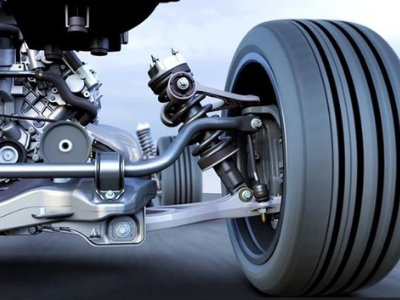
 Compare
Compare
Hybrid Electric Vehicles (HEVs) combine an internal combustion engine with an electric motor and battery. This dual system allows for improved fuel efficiency and reduced emissions compared to traditional gasoline-powered vehicles. HEVs can operate on electric power alone, engine power, or a combination of both, optimizing performance and energy use. Key benefits include lower fuel costs, reduced environmental impact, and advanced regenerative braking systems that recharge the battery during driving.
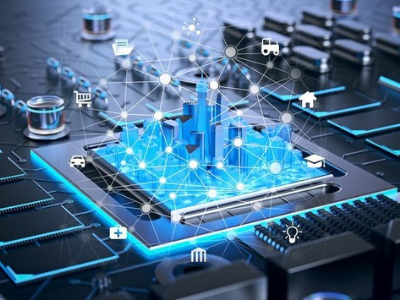
 Compare
Compare
Embedded systems are specialized computer systems designed to perform dedicated functions within larger mechanical or electrical systems. They consist of integrated hardware and software tailored for specific tasks, often with real-time computing constraints. Commonly found in consumer electronics, automotive systems, and industrial machines, embedded systems enhance functionality and efficiency. Their design focuses on reliability, power efficiency, and compactness.
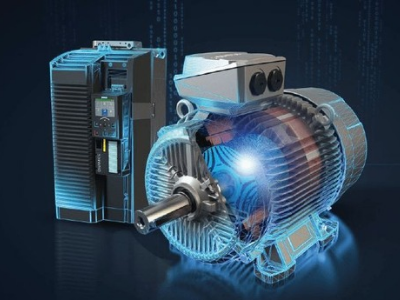
 Compare
Compare
The Internet of Things (IoT) refers to a network of interconnected devices that communicate and exchange data over the internet. These devices, ranging from household appliances to industrial machinery, are embedded with sensors, software, and other technologies to collect and share information. IoT enables automation, remote monitoring, and improved efficiency across various sectors. Key applications include smart homes, wearable technology, and smart cities.
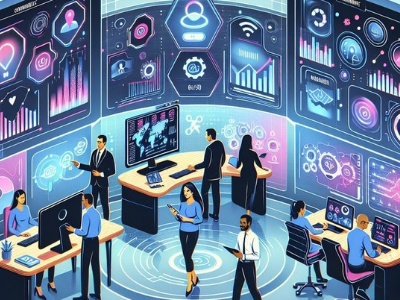
 Compare
Compare
Machine learning is a subset of artificial intelligence that focuses on developing algorithms and statistical models that enable computers to learn and make decisions without explicit programming. It involves training models on large datasets to recognize patterns and make predictions. Key techniques include supervised learning, unsupervised learning, and reinforcement learning. Machine learning is widely used in applications like recommendation systems, natural language processing, and autonomous vehicles.
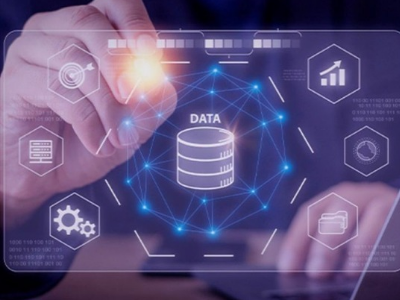
 Compare
Compare
Data science involves extracting insights and knowledge from data through various techniques, including statistical analysis, machine learning, and data mining. It combines domain expertise, programming skills, and mathematical proficiency to interpret complex data sets. Key activities include data cleaning, visualization, and predictive modeling. Data science helps drive decision-making and innovation across diverse industries.

 Compare
Compare
Cloud computing delivers computing services—such as storage, processing power, and software—over the internet ("the cloud"). It enables on-demand access to resources, offering scalability, flexibility, and cost efficiency. Users can leverage public, private, or hybrid cloud models to meet their needs. Key benefits include reduced IT overhead, enhanced collaboration, and the ability to access services from anywhere.
 Contact Us
Contact Us